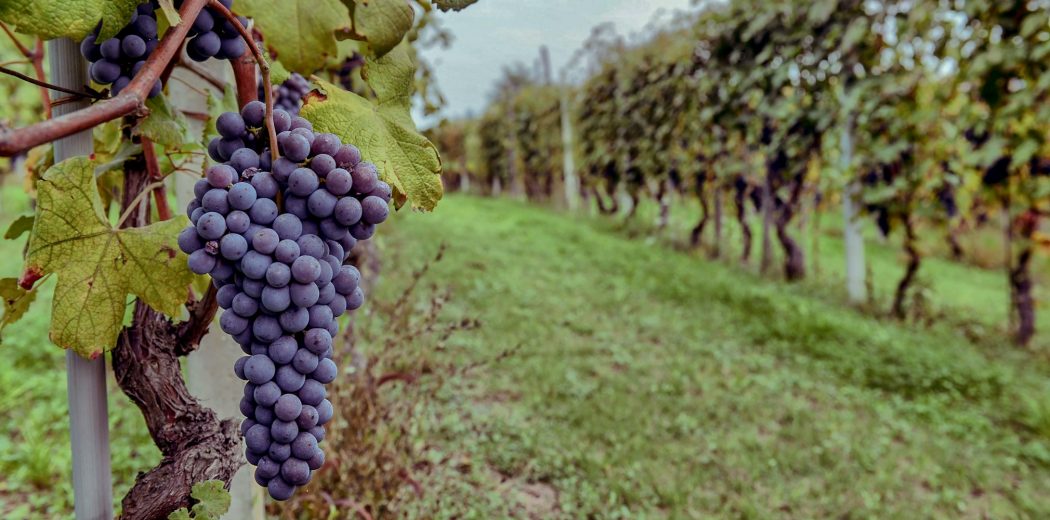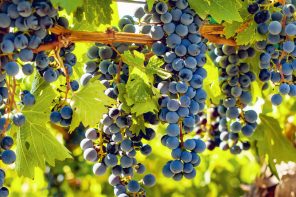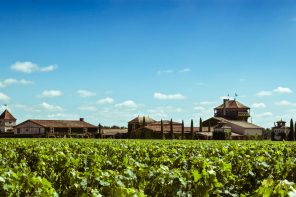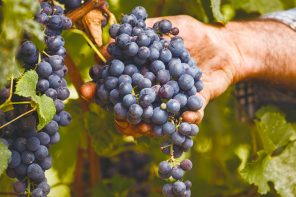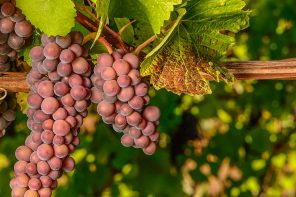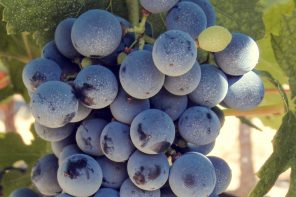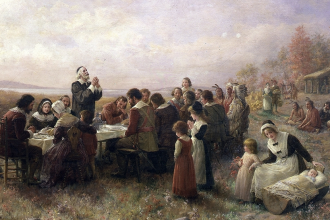Back in 2004, after a little old movie called “Sideways” hit the big screens, Merlot faced some serious setbacks. After Paul Giamatti’s know-it-all character infamously voiced that he “didn’t want any of that f*****g Merlot,” viewers listened – and the grape took a pretty hard hit.
Sales of the varietal Merlot declined nationally, setting one of the world’s most important grape varieties into a state of unjustified dormancy. Contrary to Giamatti’s wine snobbery, most wine connoisseurs are aware of the fact that Merlot is one of the most important (and delicious) grape varieties existing on our planet. Here’s why:
Merlot is responsible for making some of the most drinkable, highly sought-after bottles in the entire world. When produced as a monovarietal, Napa, Sonoma and Chile are some of the grape’s favorite growing regions. However, Merlot (arguably) shows its best when playing the lead role in the world-famous Right Bank blends of Bordeaux.
Right Bank King
Unlike the Left Bank, where Cabernet Sauvignon reigns king, both Cab Sauv and Cab Franc play second fiddle to Merlot’s starring show over on the right side of the Gironde. Softer, smoother and more approachable in its youth, the wines of the Right Bank are much easier to drink in their youth, providing a luscious, silky mouthfeel that most red lovers would find hard to turn down – us included.
The variety gets its name from the French word merle, meaning blackbird. Some sources believe this name comes from the color of the grape, while others lean toward the theory that it references the consistent slew of blackbirds that regularly swoop down to munch on the fruit. Whether used as a blending grape or vinified on its own, Merlot is known for ripening earlier than Cabernet Sauvignon and is full of fleshy, blue-black fruited flavors, with a lower, silkier tannic structure.
Versatility at its Finest
Merlot is one of the most widely planted varieties in the entire world, covering over 600,000 acres worldwide. It’s also the most prominent grape in all of Bordeaux, and can basically be found in most wine growing regions around the globe. When harvested late, Merlot produces wines that are juicy and fleshy, generally purple in color and full of velvety texture. When harvested earlier, Merlot maintains a higher level of acidity, producing more medium-bodied wines of vegetal, fresh red fruit flavors.
Being that Merlot falls smack dab in the middle of the spectrum in both tannins and body, the variety is super easy to pair with a bunch of different foods. Grilled meats, mushroom-based sauces, hearty stews and charred vegetables are some of the most common pairings, though roasted duck, various cheeses and most appetizers will certainly work, too. Next time you find yourself in the need for a crowd-pleasing, versatile bottle of red, Merlot is the way to go.

